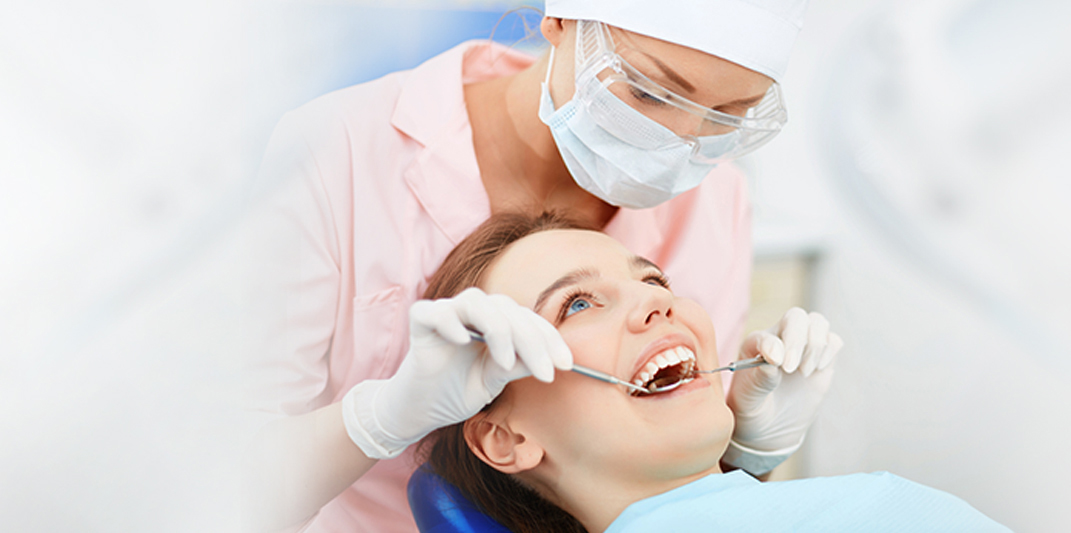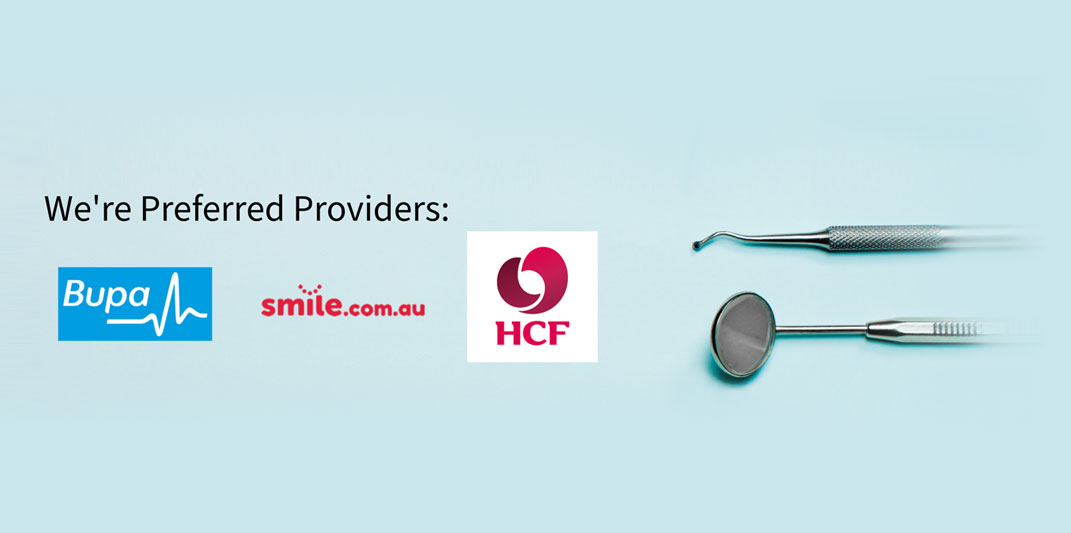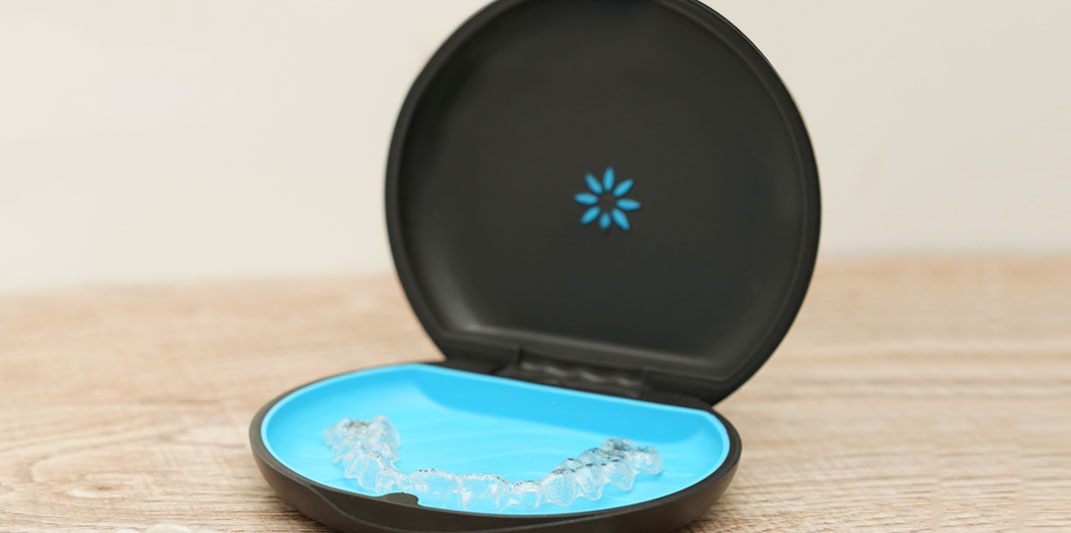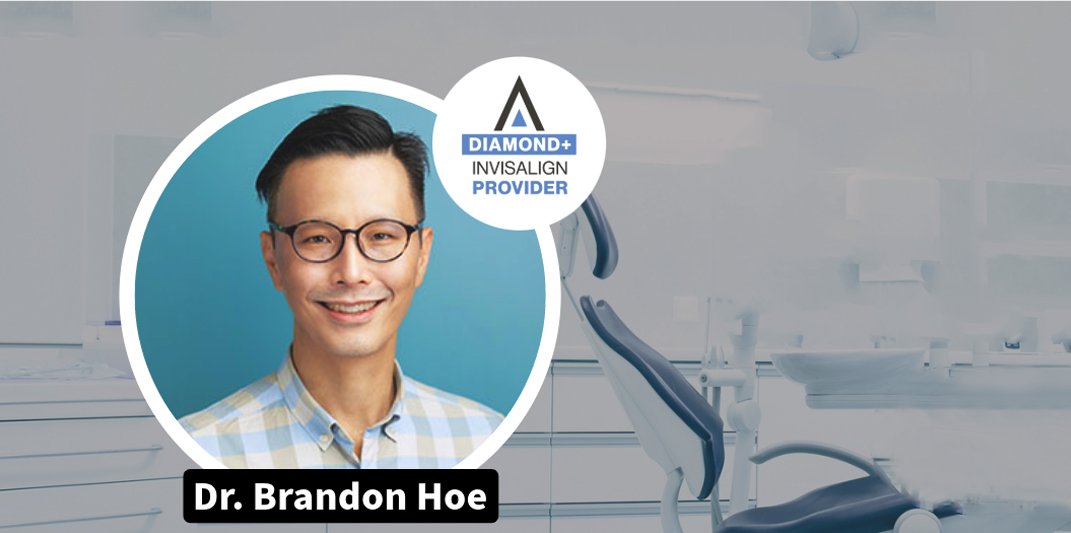Bruxism
What is Bruxism?
Bruxism refers to an oral parafunctional activity which occurs in most humans at some point in their lives. The grinding of the teeth and the clenching of the jaw are the two main characteristics of this condition, which can occur either during the day or at night.
Bruxism is one of the most common known sleep disorders and causes most of its damage during sleeping hours. The clenching and grinding which accompanies bruxism is symptomatic of a malfunctioning chewing reflex, which is turned off in non-sufferers when sleeping. For sufferers, deep sleep or even naps, cause the reflex nerve control centre in the brain to turn off, and the reflex pathways to become active.
Typically, the incisors and canines (front 6 upper and lower teeth) of opposing arches grind against each other laterally. This side to side action puts undue strain on the medial pterygoid muscles and the temporomandibular joints. Earache, depression, headaches, eating disorders and anxiety are amongst the most common symptoms of bruxism; which often accompanies chronic stress, Alzheimer’s disease and alcohol abuse.
Bruxism is frequently misdiagnosed or not diagnosed at all, because it is only one of several potential causes of tooth wear. Only a trained professional can tell the difference between bruxing wear and wear caused by overly aggressive brushing, acidic soft drinks and abrasive foods.
Reasons for the treatment of bruxism
Here are some of the main reasons why bruxism should be promptly treated:
Gum recession and tooth loss - Bruxism is one of the leading causes of gum recession and tooth loss; firstly, because it damages the soft tissue directly, and secondly because it leads to loose teeth and deep pockets where bacteria can colonise and destroy the supporting bone
Occlusal trauma - The abnormal wear patterns on the occlusal (chewing) surfaces can lead to fractures in the teeth, which may require restorative treatment
Arthritis - In severe and chronic cases, bruxing can eventually lead to painful arthritis in the temporomandibular (TMJ) joints (the joints that allow the jaw to open smoothly)
Myofascial pain - The grinding associated with bruxism can eventually shorten and blunt the teeth. This can lead to muscle pain in the myofascial region and debilitating headaches
Treatment options for bruxism
There is no single cure for bruxism, though a variety of helpful devices and tools are available. Here are some common ways in which bruxism is treated:
Occlusal Splints - An acrylic mouthguard can be designed from tooth impressions to minimise the abrasive action of tooth surfaces during normal sleep. Splints should be worn on a long-term basis (at night only) to help prevent tooth damage, damage to the temporomandibular joint and help to stabilise the occlusion
Botulinum toxin injections: Botulinum toxin, also known as Botox is a commonly used cosmetic procedure that temporarily reduces or eliminates frown lines. Botox may also help prevent teeth grinding. When BOTOX® is injected into a Masseter muscle, main muscle responsible for grinding; it blocks the nerve impulse from reaching that area, resulting in muscle weakness and atrophy (shrinkage).
Other methods of treatment include relaxation exercises, stress management education and biofeedback mechanisms. When the bruxing is under control, there are a variety of dental procedures such as crowns, gum grafts and crown lengthening that can restore a pleasant aesthetic appearance to the smile.









